What to do if my Rinnai Water Heater has no ignition or gas supply?
- JJacob MatthewsAug 25, 2025
If your Rinnai Water Heater has no ignition or gas supply, check that the gas is turned on at both the water heater and the gas meter or cylinder.
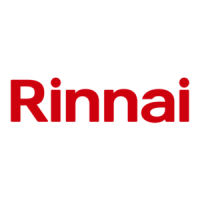
What to do if my Rinnai Water Heater has no ignition or gas supply?
If your Rinnai Water Heater has no ignition or gas supply, check that the gas is turned on at both the water heater and the gas meter or cylinder.
| Type | Tankless |
|---|---|
| Temperature Control | Digital |
| Category | Water Heater |
| Maximum Flow Rate | 20 L/min |
| Minimum Flow Rate | 2.4 L/min |
| Energy Factor | 0.82 |
| Ignition System | Electronic |
| Flow Rate | 20 L/min |
| Energy Efficiency | High |
| Installation | Indoor |
| Gas Type | Natural Gas |
| Temperature Range | 37°C to 50°C |
| Ignition Type | Direct Electronic Ignition |
| Warranty | 12 years on heat exchanger, 3 years on parts and labour |
Essential safety information regarding the dangers of heated water and burn prevention measures.
Key safety warnings, operational tips, and warnings about hot water flow and flue outlet safety.
Details on factory pre-set temperatures and whether they can be changed by an authorized person.
Explains temperature ranges for controllers and available combinations of Universal and Deluxe models.
Identifies components, turning on, and adjusting temperature for the MC-91Q controller.
Guidance on transferring priority and operating multiple controllers simultaneously.
Overview of BC-100V features, indicators, and steps to turn it on.
Procedures for adjusting audible settings and configuring the controller's clock.
How to set water temperature and important safety checks before use.
Detailed steps for using the automatic shower saver and bath fill features.
Instructions for stopping fill functions and combining controller types.
Identifies MC-100V components, functions, and steps for turning it on.
Procedures for adjusting audible settings and configuring sound options for the kitchen controller.
Procedures for setting the clock and modifying the water temperature.
Explains the Smartstart® system, its benefits, and how to activate the preheat function.
Lists common error codes, their remedies, and troubleshooting steps for units without controllers.
Covers regulations, appliance location, flue clearances, water supply, and mounting.
Details on condensate pipe materials, installation, length, and discharge requirements for specific models.
Steps for installing water controllers, connecting cables, and fitting specific models.
Procedures for testing the unit, confirming delivery temperatures, setting gas pressure, and using a checklist.
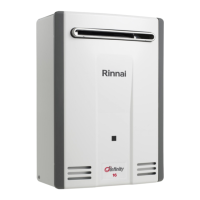

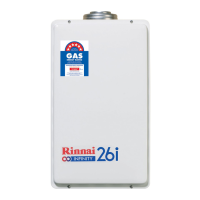
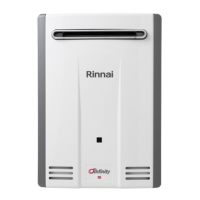
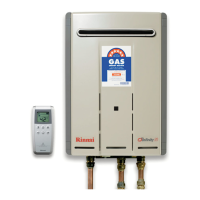

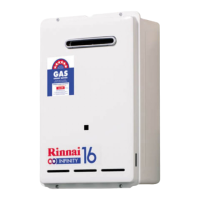
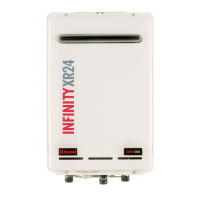
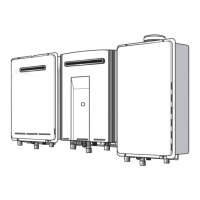

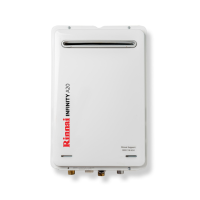
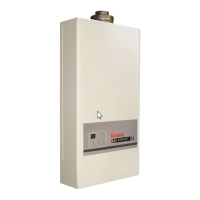
